
Based on traditional Shetland workboats, this rugged double-ender makes good use of plywood and epoxy.
When asked by WoodenBoat to talk about my Chesapeake Bay open-boat cruising adventures of long ago, I described a typical ( or perhaps a composite) summer’s day: Up at first light after having slept on the beach; take a short, slow walk along the waterfront; drag the stranded 15′ peapod down to the water, stow the meager camping gear, and row off into the morning calm. Breakfast about a mile offshore, safe from at least some of the biting insects; row on until the climbing sun makes the effort uncomfortable (usually about 10:00 a.m.); go ashore and find a proper shade tree under which to doze until lunch ( the insects have disappeared in the heat of a dry day). At the first sign of the afternoon sea breeze (sometime between noon and 1 :30), set up the unstayed lug rig and sail to wherever. In the evening, when the thermal fades, strike the rig, and pull the last mile or so to a secluded cove. Such are the simple delights of beach cruising.
The Whilly Boat, near in overall size and intent to my old pod, seems ideal for singlehanded beach cruising. lain Oughtred based this appealing little double-ender on the Shetland ness yoles and sixerns. These workboats, in turn, can trace their heritage back to Norwegian roots – a fine origin for any small boat.
Oughtred tells me that he borrowed the name “Whilly Boat” from a term used to describe relatively small and light traditional Shetland fishing craft. But, at 20′ or so, the generic whilly boats dwarf this 14 ‘6″ plywood beach cruiser; and they differ more than quick inspection might suggest. To suit the new Whilly’s intended purpose, her hull is much shallower and lacks the substantial external keel of the old boats. The designer applied tradition where appropriate, but he seems never
to have forced the issue. His catalog describes the results as “quite Shetlandish, without being presumptuous.”
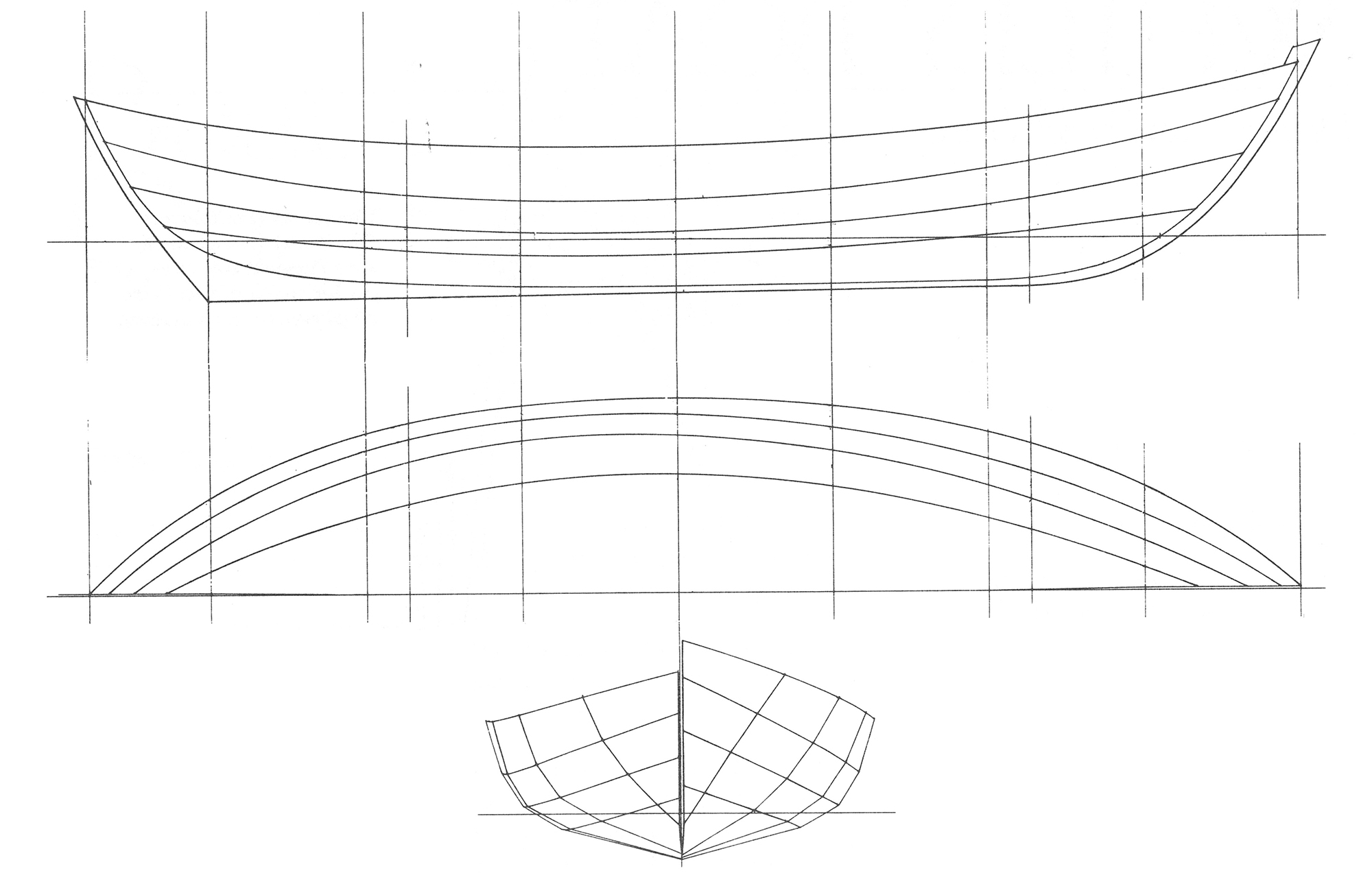
Whilly’s lines: Balanced ends, a strong sheer, and ample reserve buoyancy will help in rough water.
These hull lines possess a timeless universality. Sailors who have grown up in the surf will recognize the balanced ends, strong sheer, ample reserve buoyancy, and light-but-strong construction as desirable traits in any boat that must handle breakers and beaches. The Whilly Boat lacks a flat run and bearing aft that might help keep her abreast of a planing dinghy on a screaming reach, but she’ll atone with civilized behavior in waves.
When you’re blasting out through the surf, keep the rig and rudder stowed, keep the centerboard raised ( or the daggerboard secured in the bilge), keep your weight low and amidships, and pull hard. This boat will take care of you.
The Whilly Boat’s construction makes good use of plywood and epoxy. Four wide strakes for each side are spiled, hung over temporary molds, and beveled. Drywall screws can act as clamps until the epoxy sets. Solid lumber shouldn’t be used for planking this hull – lack of cross-grain strength makes it prone to splitting, especially along the laps.

The 74-sq-ft standing lug (left) is light and simple, but the boom fitted to the 80-sq-ft balanced lug (right) will be appreciated off the wind.
The plans call for ¼” or 5/16″ plywood for planking. This design deserves the best marine mahogany sheets you can find, and, to me, that means Bruynzeel. I sawed through a few hundred sheets in my shop and never found a single flaw. Yes, it’s expensive and perhaps difficult to obtain. There are other good mahogany sheets out there, but you’ll have to rely upon the integrity of your supplier to find them.
As is his practice, Oughtred offers the Whilly Boat’s builders several options. Two rigs are shown at large scale: an 80-sq-ft sliding gunter sloop and a 74-sq-ft boomless standing lug. Certainly the gunter would be faster (and more expensive), but the simpler free-standing lug will require less time to raise and strike – and it will stow more easily. Off the wind, you’ll be unhappy with the lugsail’s habit of folding up on itself ( though this tendency will be mitigated by the nearly vertical leech and short foot). In any case, my selection would be the 80-sq-ft balanced lug sketched, apparently as an after-thought, in the margins of plans sheet number 3. This rig’s modest self-vanging properties, boom, and unstayed mast give it a good measure of the other rigs’ best characteristics.
You have a choice of building a pivoting centerboard and kick-up rudder (desirable if you’re going to sail in thin water) or a daggerboard and fixed rudder blade (acceptable if the only shoal water you’ll encounter is near the beach).

The epoxy-glued, plywood lapstrake hull will stay tight on the beach or in the water.
Oughtred shows optional forward and after decks; both are drawn below the rails. This arrangement looks fine as it allows our eyes to follow the sheer uninterrupted from stem to stempost, and it gives better access to the ends of the boat.
I’d suggest omitting the optional side benches that run between the ‘midship thwart and the stem sheets. When you’re sailing, you’ll be happier on some cushions in the bilge. Your back will enjoy the added support, visibility will be much improved, and so will stability when it really counts. As for the thwarts, they’re useful for rowing and for maintaining the hull’s shape.
This striking little boat offers the independence desired by all solo sailors. She’s as able as an open boat of her size can be. She’ll sail you just about anywhere within reason, and you can row her home if the wind dies. You’ll not need mechanical assistance ( though Oughtred shows an optional motorwell), or a boatyard, or a chandlery. And, when you think of her shape, you’ll smile.
-M.O’B.
Plans from The WoodenBoat Store, Naskeag Rd., Brooklin, ME 04616. Phone: (800) 225,5305.
Iain Oughtred can be reached at Gorton House, Lasswade, Edinburgh EH 181 EH, Scotland.
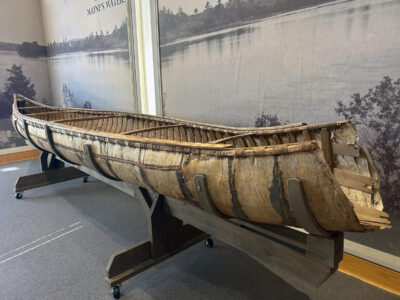
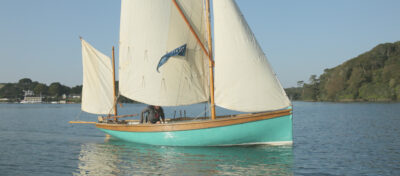
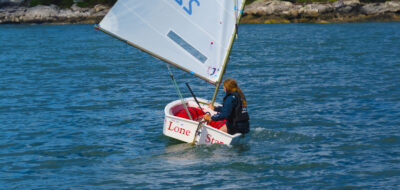
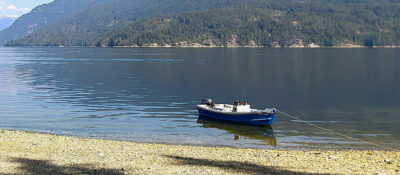
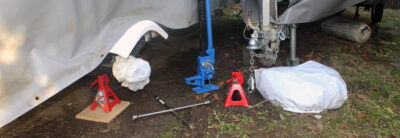
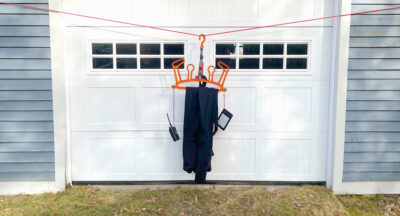
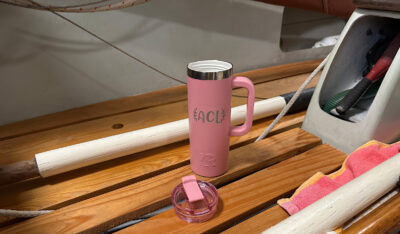
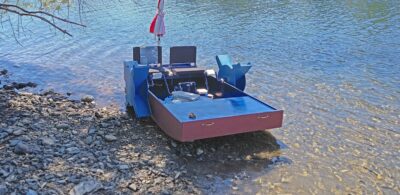
Join The Conversation
We welcome your comments about this article. If you’d like to include a photo or a video with your comment, please email the file or link.